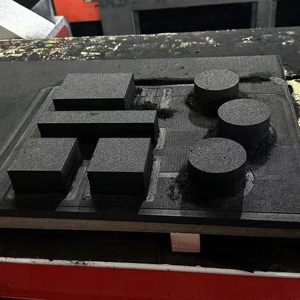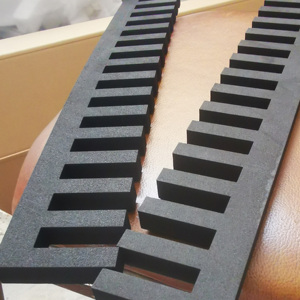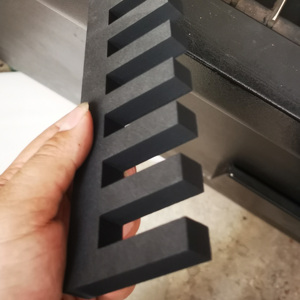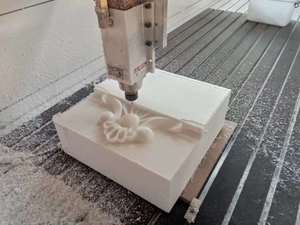(11922 products available)


















































































































































































































A wood CNC (Computer Numerical Control) machine center is an efficient woodworking tool that comes in various types, each suited for different demands and applications. Here are some of them:
The following are typical specifications that users will find for a wood CNC router machine:
Users can follow the simple tips and routines below to keep their CNC wood machining centers in great working condition for a long time.
The wood CNC machines can work with various wood materials like MDF, particleboard, plywood, solid wood, etc. Operators can fix the design on the computer, and then the machine will cut, engrave, carve, or perform other processes accurately and automatically.
Workload Requirements:
Know the project's dimensions and material requirements before getting a wood CNC machinist. Check if the machine can handle the size and number of projects. Make sure the work area is big enough. Also, consider if there are plans for more projects in the future. A machine with upgrade options may be a good choice for more extensive or advanced work down the line.
Control Software:
When picking a CNC wood machine, the software used to run it should be easy to use and compatible with design programs. Check if the control system allows for straightforward adjustments and changes to project details, like cutting speed and tool selection. Choose a machine with software that suits the user's skill level, whether basic or advanced. It's also important to consider the software's ability to grow and develop, matching the evolving needs of the user over time.
Operator Skills:
When selecting a CNC wood machine, it's essential to think about the operator's expertise and experience. The CNC machine's size, complexity, and role should align with the operators' skills to ensure effective use and maintenance. For operations with inexperienced or limited personnel, a simpler, more user-friendly CNC model may be preferable. Conversely, an advanced CNC machine with more features could be suitable for businesses with highly trained, specialized staff. Considering the operator's skill level helps choose a machine that meets its capability and maximizes productivity.
Budget Constraints:
Budget limitations are vital when choosing a wood CNC machine. Costs include the initial purchase price, ongoing maintenance, repair parts, and accessories. Appropriate budgeting ensures the selected machine can meet workload needs within fiscal limits. Prioritizing essential features helps allocate funds effectively. Consider wood type and project complexity. More straightforward models suit basic tasks and have lower costs. In contrast, advanced machines with enhanced capabilities require a more significant investment.
Q1. How big of a CNC machine can one person operate?
A1. Generally, CNC machines that are more than 2 meters on one side would require at least two people to operate safely. Lightning CNC machines and CNC router wood machine are suitable for one-person operation.
Q2. What is the downside of a CNC machine?
A2. The main drawback of a CNC machine is its high cost. CNC machines are generally 30 to 50 percent higher than their non-CNC counterparts. Also, designing the program for a CNC machine can be an added expense.
Q3. How long does it take to learn a CNC machine?
A3. The basic training to operate a CNC machine takes about 6 to 12 months. However, it may take several years to become an expert and learn all the advanced techniques.
Q4. Do carpenters use CNC machines?
A4. Yes, carpenters use CNC machines because these devices have revolutionized the woodworking industry. CNC machining creates cuts with unparalleled accuracy and precision, which allows woodworkers to achieve complicated designs quickly.